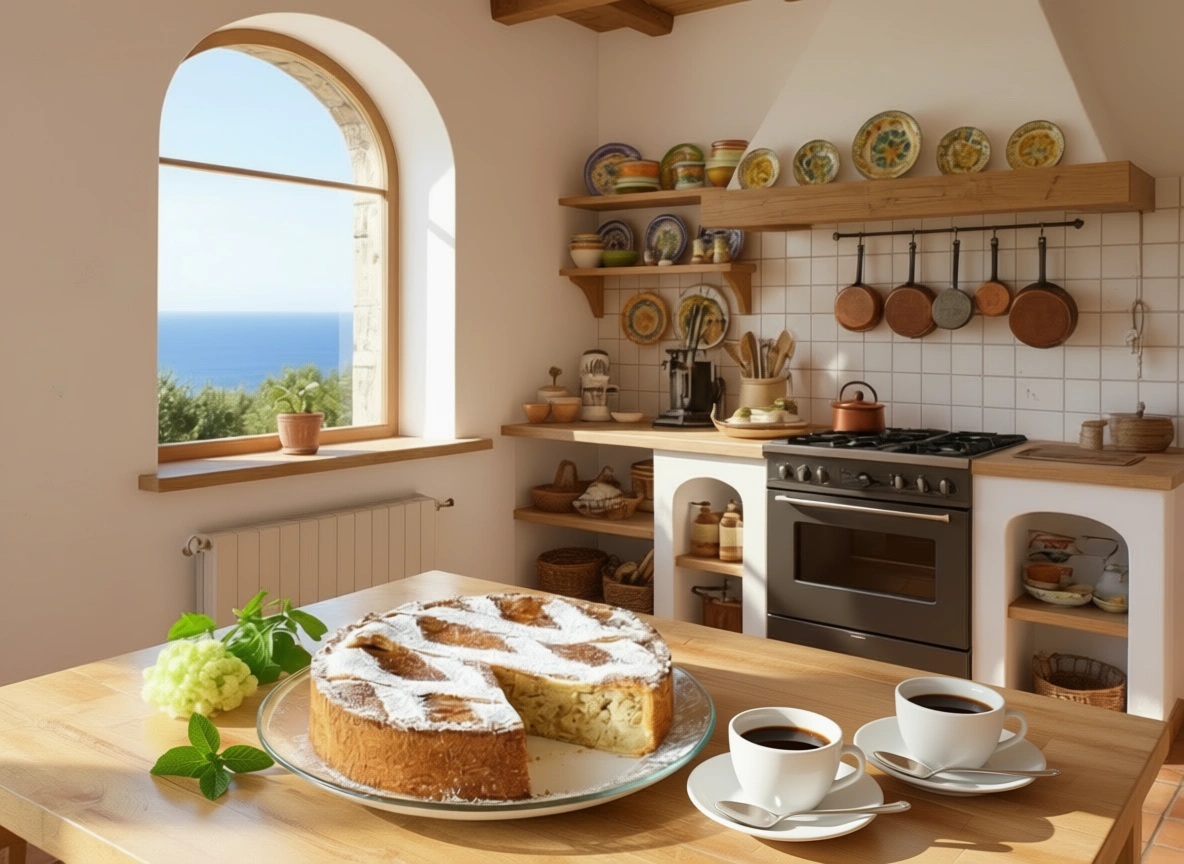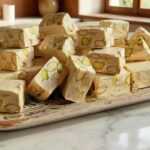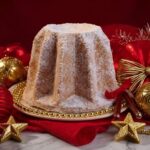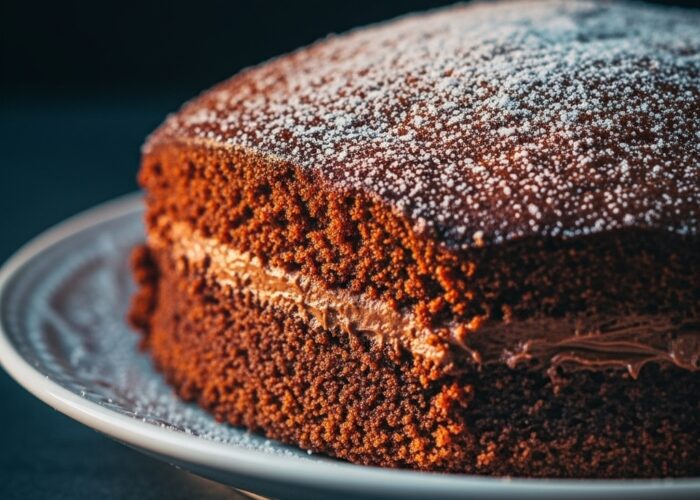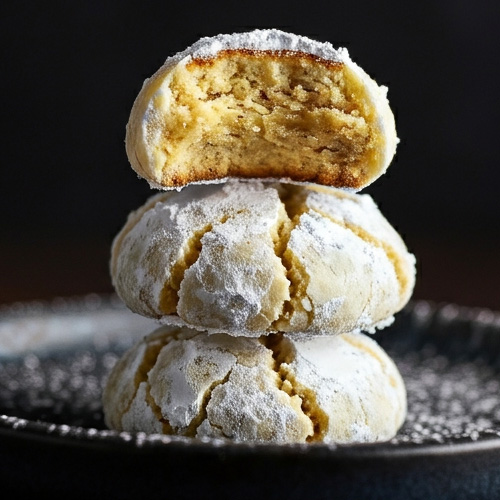Pastiera Napoletana: The Soul of a Neapolitan Easter
Pastiera Napoletana isn’t just a dessert—it’s a feeling, a memory, a piece of Naples baked into a golden, fragrant pie. On Easter tables across Southern Italy, it arrives like a homecoming. One slice, and you’re tasting centuries of tradition, the sweetness of spring, and the unmistakable warmth of Neapolitan hospitality.
At its heart, it’s humble: ricotta, whole grain wheat, eggs, orange blossom water, and citrus zest. But in true Neapolitan fashion, it transforms the simple into the extraordinary. Creamy, perfumed, and gently spiced, Pastiera tastes like no other pie in the world—and has no desire to.
Its roots go deep. Long before Christianity reached Southern Italy, local pagan rituals used wheat and eggs to celebrate fertility and renewal. Over time, as Easter became the symbol of rebirth in the Christian world, Pastiera found its place at the center of the holiday feast. Legend says the nuns of San Gregorio Armeno in Naples perfected the recipe in the 16th century, baking it for noble families during Holy Week. The scent of orange blossom and vanilla wafting through the convent halls was said to be so heavenly, it was considered a kind of prayer.
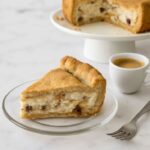
But this pie is no longer just for Easter. Today, Pastiera shows up at Sunday lunches, birthdays, name days, and any moment worth gathering for. It’s the kind of dessert that makes people close their eyes on the first bite—not just from the taste, but from the memories it stirs.
Making a Pastiera from scratch isn’t quick. It takes patience, love, and at least a little chaos in the kitchen. But that’s what makes it real. It’s a dish that insists on slowing down and savoring life—and in Naples, that’s everything.
There’s something about the way the flavors come together, earthy, sweet, floral, and just a bit nostalgic. It’s the kind of dessert that doesn’t just end a meal, it tells a story.
Serving with Pastiera di Ricotta: Perfect Pairings
One of the best things about Pastiera di Ricotta, Naples’ beloved Easter cheesecake, is how beautifully it pairs with a variety of drinks. Whether you’re serving it for a special occasion or enjoying a quiet slice with a friend, the right accompaniment can elevate the entire experience. Here are some of the most delicious ways to serve this traditional Italian dessert:
Espresso
A rich, fragrant slice of pastiera practically begs to be enjoyed with a small cup of strong Italian espresso. The bold, slightly bitter coffee balances the creamy sweetness of the ricotta filling and enhances the subtle notes of citrus and orange blossom. For a more mellow option, try it with a smooth caffè latte or cappuccino—especially during a leisurely brunch or afternoon treat.
Sweet Wine or Limoncello
If you’re serving Pastiera di Ricotta after dinner, a glass of sweet Italian wine or limoncello makes an elegant pairing.
Moscato d’Asti: Lightly sparkling and floral, Moscato complements the pastiera’s citrus and candied fruit flavors.
Vin Santo: This classic Tuscan dessert wine has nutty, honeyed notes that mirror the richness of the ricotta and wheat filling.
Limoncello: A chilled shot of Limoncello adds a vibrant, zesty contrast to the creamy, dense cake—plus, it keeps the southern Italian vibe going strong.
Imagine this: the right drink can turn your slice of Pastiera into something truly special, almost like a little festival of Italian heritage on your plate. Whether you go for a strong espresso that packs a punch, a sweet dessert wine that just dances on your tongue, or maybe even a refreshing splash of Limoncello to tie everything together, you’re bound to wow your guests. Honestly, with a combo like that, you might even kick off a new family tradition around this beloved Easter treat.
Serve at room temperature or slightly chilled. Dust with powdered sugar before serving.
Storage
Pastiera is traditionally made a day or two before serving, allowing the flavors to fully develop.
First 24 hours: You can safely keep it at room temperature, loosely covered, in a cool, dry spot. After, transfer it to the refrigerator, covered with plastic wrap or in an airtight container. It will stay fresh for up to 5 days.
Bring it back to room temperature before serving for the best texture and flavor.
Freeze
Pastiera freezes surprisingly well, though the texture may become slightly more crumbly upon thawing.
Let it cool completely, slice into individual portions. Wrap each slice tightly in plastic wrap and then in foil or place in a freezer-safe container. Freeze for up to 1 month.
To thaw
Transfer slices to the refrigerator overnight. Bring to room temperature before serving.
Avoid microwaving—it can ruin the delicate texture.
Pastiera di Ricotta is one of those delightful desserts that actually improves as it sits. Isn’t that great? With the right storage, you can whip it up ahead of time, stash it in the freezer for later, or just savor it bit by bit over a few days. It’s no wonder it’s such a beloved treat in Italian kitchens! Pastiera is the ultimate dessert for making ahead. Traditionally, it’s made on Good Friday so that it’s all ready to be enjoyed on Easter Sunday. That way, it gets those 1 to 2 days to really rest and develop its flavors.

